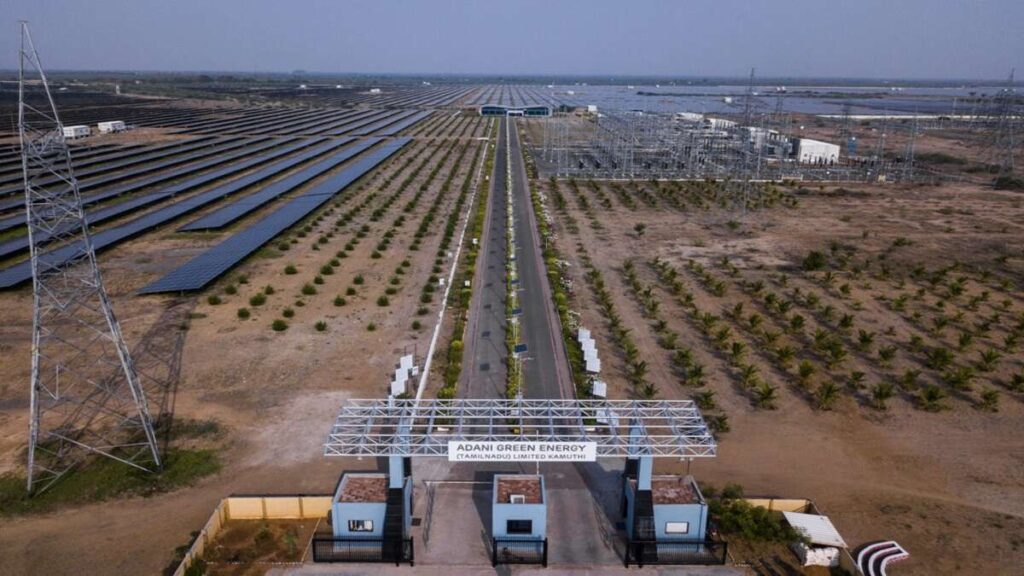
The Adani Group’s new renewable project in Gujarat to produce 30 GW of green energy by 2030.
Economic and Environmental Benefits
The Adani Group has announced its most ambitious renewable energy initiative yet: a 30 GW green energy hub in Khavda, Gujarat. Spread over 72,000 hectares of arid land near the Rann of Kutch, the project is set to become India’s largest clean energy installation by 2030. This massive undertaking will include a combination of solar photovoltaic (PV) installations, wind turbines, and battery energy storage systems, all designed to operate through a centralized smart grid.
This clean energy hub is expected to power more than 25 million Indian homes, drastically reducing reliance on fossil fuels. The location, chosen for its high solar irradiance and consistent wind patterns, offers a strategic advantage for hybrid renewable energy generation. Adani Green Energy Limited (AGEL), the company’s renewable arm, has already obtained key environmental clearances and secured power purchase agreements (PPAs) with multiple states and industrial buyers.
Supported by India’s Ministry of New and Renewable Energy (MNRE), the Khavda project will contribute nearly 6% of India’s goal to install 500 GW of non-fossil fuel capacity by 2030. It reflects India’s commitment to international climate agreements, including the Paris Accord, while addressing growing domestic energy demands.
In terms of employment, the project is forecast to generate over 20,000 direct jobs during construction and around 5,000 permanent jobs once operational. Adani has committed to community development by establishing training centers and skill programs for the local population in Bhuj and nearby towns. This initiative aims to ensure local talent benefits from the emerging green economy.
The environmental benefits are equally significant. The project will help prevent approximately 50 million tons of CO2 emissions annually—equivalent to removing 11 million cars from the road each year. Robotic panel cleaning systems and AI-optimized wind turbine controls will further enhance energy efficiency while conserving water and resources.
Additionally, Adani plans to undertake afforestation initiatives and establish artificial wetlands to support biodiversity near the Rann of Kutch, which is home to several migratory bird species. These steps aim to mitigate ecological disruption and balance development with sustainability.
The project has drawn international attention, with global climate funds and multilateral development banks, including the World Bank and AIIB, reportedly interested in financing aspects of the hub. Analysts view this as a landmark moment for India’s renewable energy sector, with potential to influence energy policies across Asia.
Construction has already commenced, and the first phase—5 GW of solar generation—is scheduled to be operational by mid-2026. Full completion is expected before 2030, aligning with India’s broader timeline for clean energy transformation.
Overall, the Khavda green energy hub marks a critical step forward in India’s energy independence, economic development, and environmental stewardship.
The facility will host solar PV panels, wind turbines, and battery storage systems capable of powering over 25 million homes. Adani Green Energy Limited has already secured environmental clearances and signed power purchase agreements with multiple state governments.
Supported by India’s Ministry of New and Renewable Energy (MNRE), the project aligns with national goals of achieving 500 GW of non-fossil fuel capacity by 2030. Economists predict that the hub will create over 20,000 jobs and save approximately 50 million tons of carbon emissions annually.
